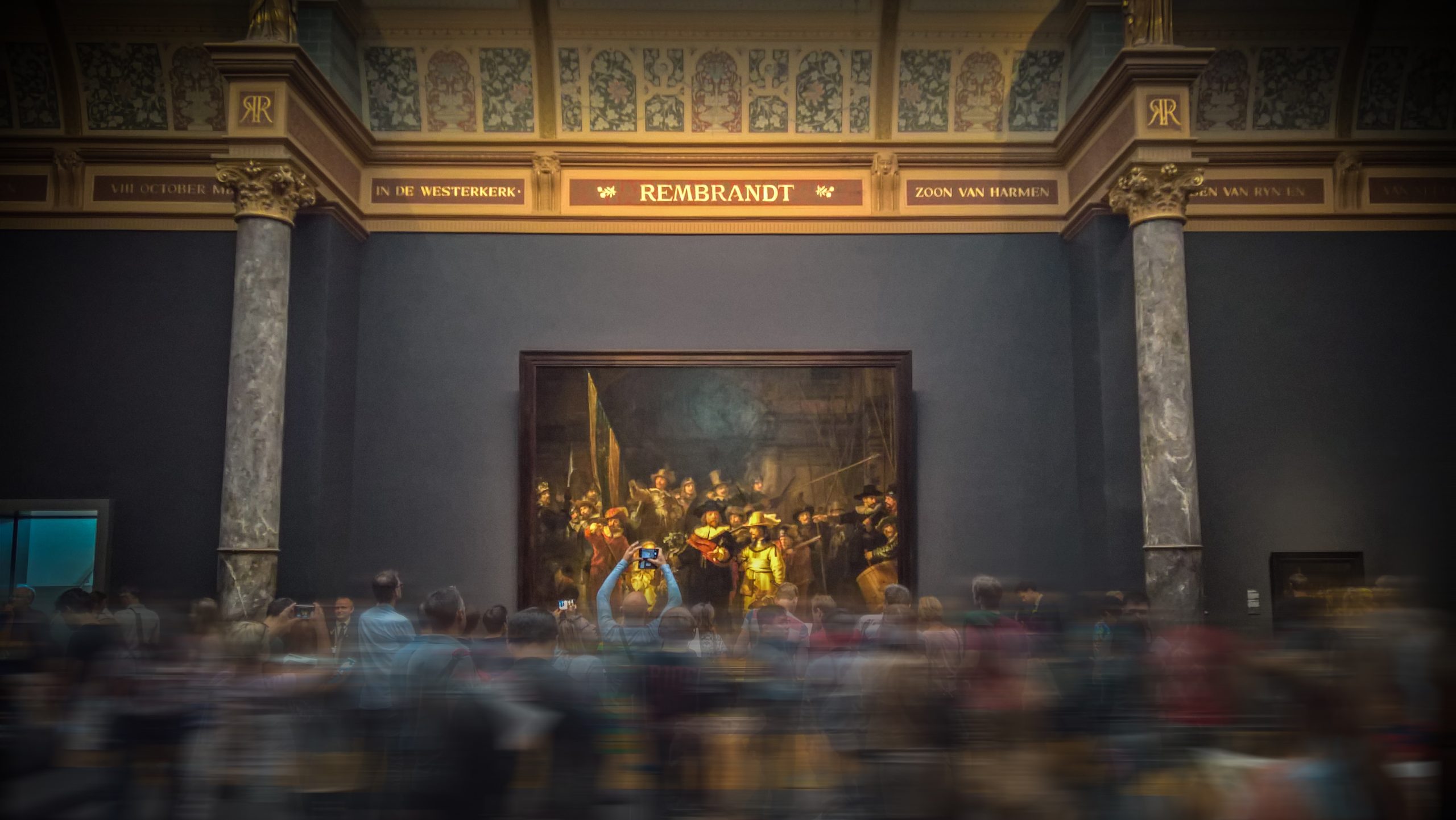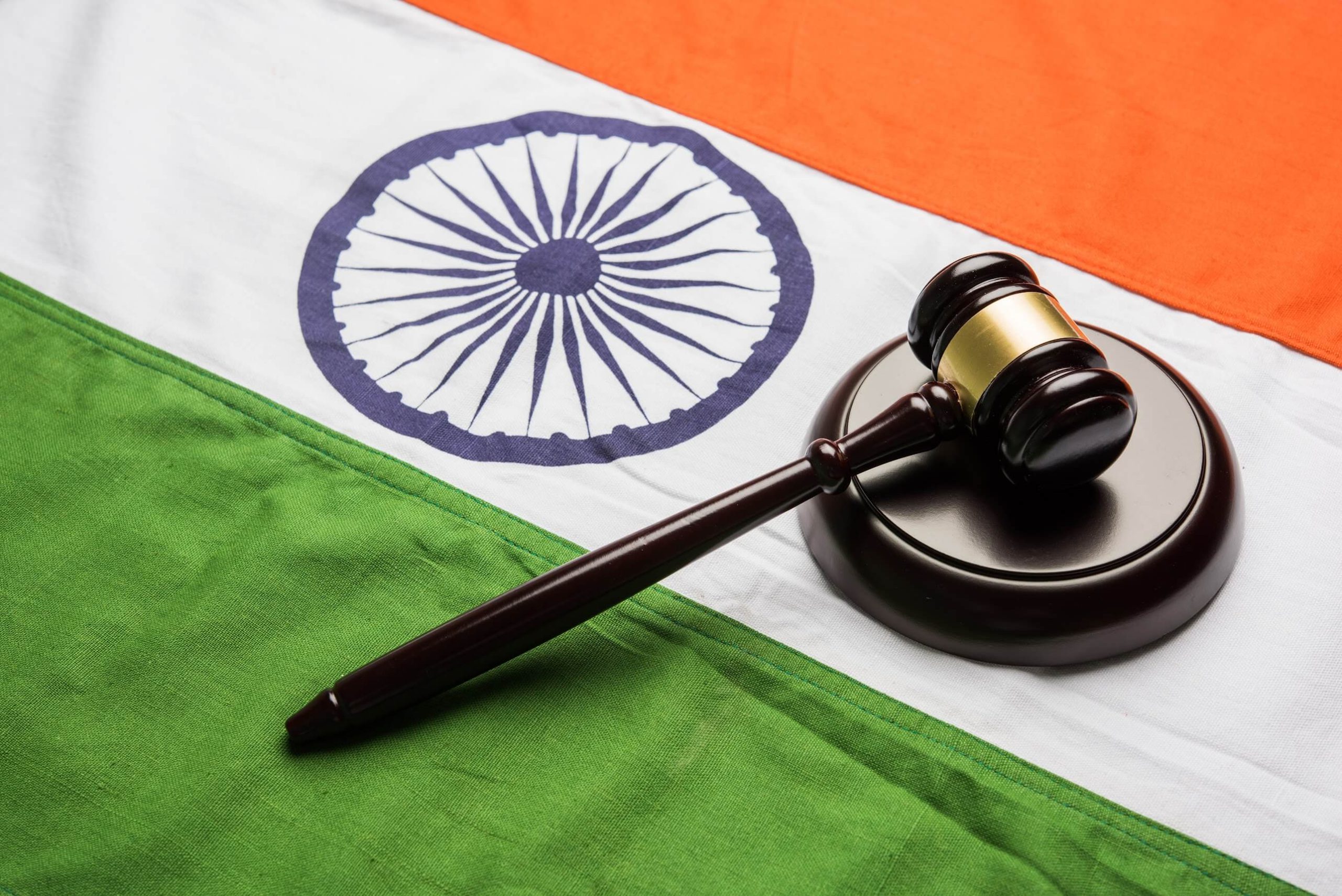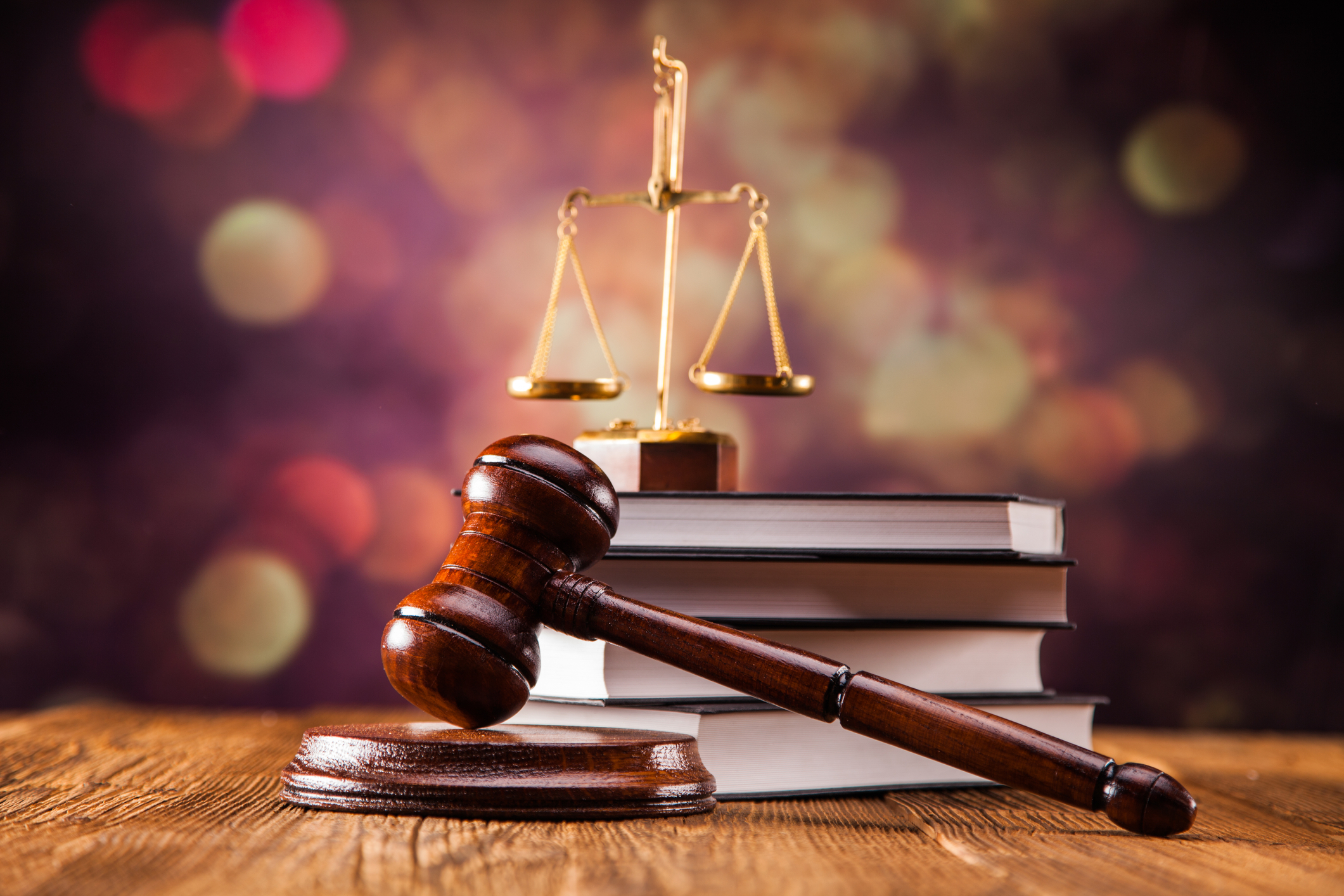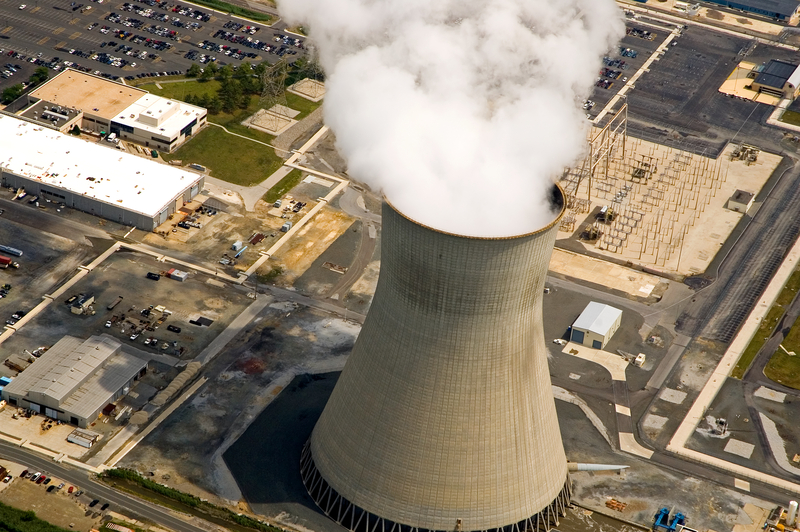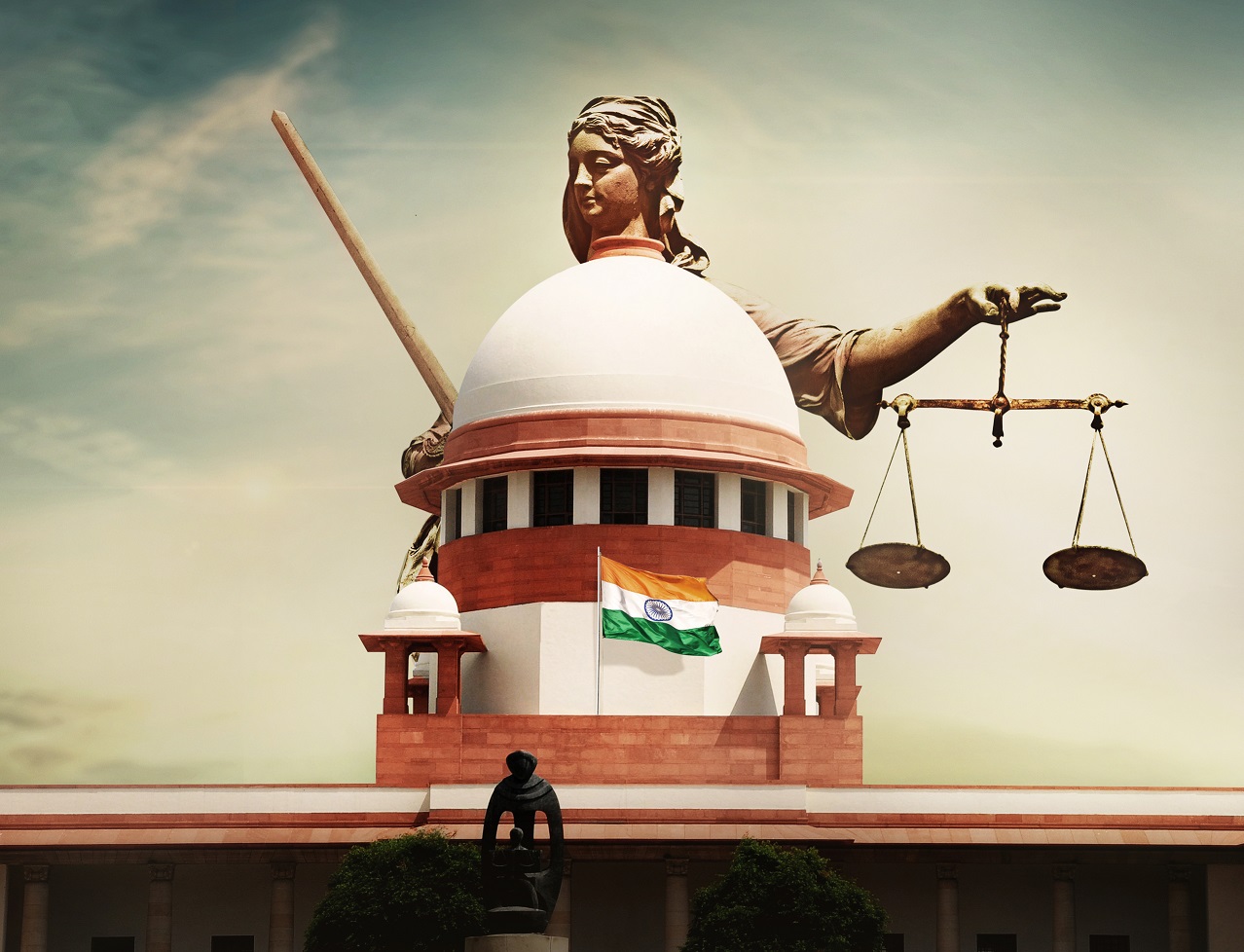Women in Leadership and IP: Ms Vidya Rajarao, founder of Fraudopedia
In the first of a series of interviews with women entrepreneurs in India to mark World IP Day 2023, Ms Vidya Rajarao of Fraudopedia talks about protecting the company’s valuable training content, the importance of funding and network support, and how to earn the trust of young people.

